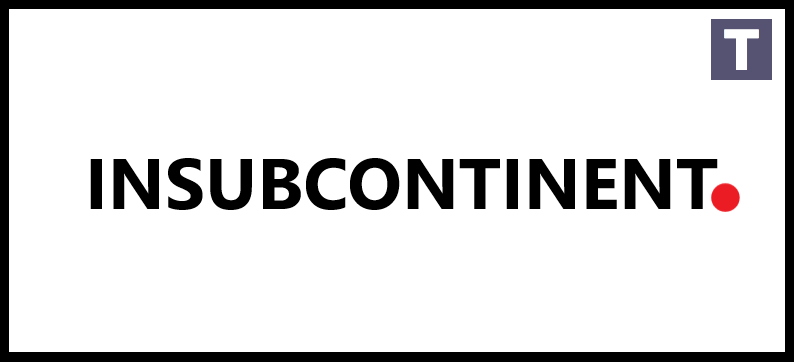Vox Media is making a number of cutbacks in response to the economic fallout from the COVID-19 pandemic.
In addition to Vox itself, the digital media company owns properties including Curbed, Eater, Recode, SB Nation and The Verge — and it acquired New York Magazine last year.
In a staff memo obtained by TechCrunch (and others), CEO Jim Bankoff outlined several cost-cutting measures but no outright layoffs.
The measures including furloughing 9% of employees from May 1 to July 31. Bankoff said this will include some employees in sales, sales support, production, events, IT and office operations, along with editorial staff at SB Nation and Curbed. He also said affected employees will retain their company health insurance during this period.
In addition, the company is freezing wages through the end of 2020, pausing its 401K match, reducing hours for 1% of employees and cutting salaries during the same three-month furlough period for employees making more than $130,000 per year — the cuts start at 15%, with Bankoff and Vox Media President Pam Wasserstein taking a 50% salary reduction.
In explaining the layoffs, Bankoff pointed to the broader economic collapse caused by the pandemic, with the dramatic reduction in ad spending, which has led many other media companies to announce layoffs and/or salary reductions.
Bankoff wrote:
We&ve already seen a decline in our business. Weakness in March, driven by the cancellations of SXSW and March Madness, the collapse of travel, sports and fashion-related advertising, and other factors led us to miss our revenue goals by several million dollars in the first quarter; the impact will be significantly greater in the second quarter. While expressing the severity of this decline, italso important to know that we will rebound. We don&t know when or to what extent a rebound will occur. I&d be overjoyed if it happened quickly, but we cannot bet our company on these hopes.
Update: The Vox Media Union has been tweeting in response to the news, painting the current plan as the result of negotiation:
While we appreciate Vox Media talking to us in good faith, we don&t agree with the companydecision to furlough employees — especially after hundreds of us told the company we were willing to take wider pay cuts to save all jobs. So we fought for strong protections. We won a guarantee of no layoffs, no additional furloughs, and no additional pay cuts through July 31, along with enhanced severance for any layoffs that occur in August-December. The company also agreed to reduce the number of furloughs.

- Details
- Category: Technology Today
Codementor, an online education platform for software developers, is launching Code Against COVID-19 to match volunteers with software projects to fight the pandemic. The initiative, which Codementor is not making money from, wants to connect coders with universities, non-profits, local government agencies and other organizations.
Some of the programs Code Against COVID-19 is currently working with include Safe Paths and Covid Watch, both of which are developing tools to stop the spread of COVID-19 while safeguarding personal privacy. It has also connected developers to grassroots projects like Hospital@home and a UX designer working on a geofencing app to stop the spread of the novel coronavirus.
Codementor platform includes hundreds of thousands of developers around the world. After seeing that many organizations and government agencies needed coders to work on COVID-19-related software, Codementor surveyed its community. Founder and CEO Weiting Liu said 98% of respondents said they were willing to donate their skills, and Code Against COVID-19 was created to quickly match coders to projects.
So far, more than 200 developers have signed up to work for free or for longer-term projects at a discount.
Liu is from Taiwan, which despite its close proximity to China has managed to prevent a major outbreak of COVID-19 without lockdowns.
Liu told TechCrunch that Codementorteam was inspired by the success of software projects lead by the countryDigital Minister Audrey Tang, including a citywide alert system in Taipei and maps that let users track the real-time inventory of rationed masks at nearby pharmacies to avoid waiting in long lines.
&If you believe software can change the world, this is a perfect example,& Liu said, adding that CodementorTaiwan-based team members want to help other countries. &We&re fortunate with the situation in Taiwan, we&re not locked down at home with our kids, we&re relatively safe, so we can just try to help the community.&
Other developer volunteer programs include Coding DojoTech for America, which is providing web development support to small businesses, and Help with COVID.

- Details
- Category: Technology Today


